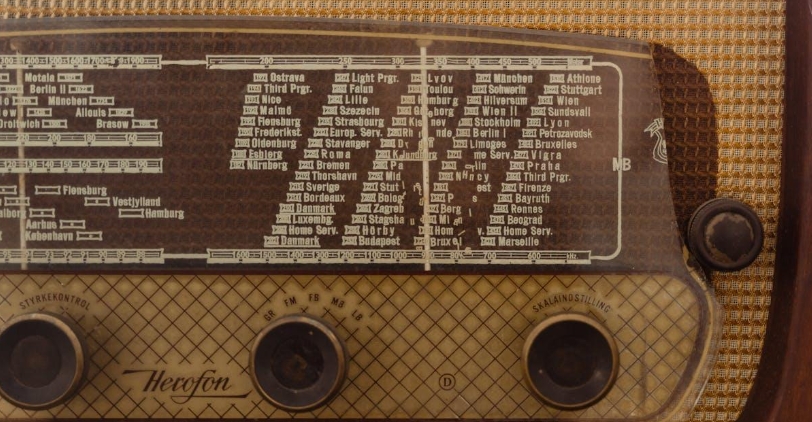
In our globalized world, fashion has become a universal language, one that both transcends borders and speaks to the rich tapestry of our diverse cultures. Each piece of clothing, every accessory, tells a story: it reflects not only personal style but also deep-seated cultural values. Whether we’re drawn to vibrant colors, symbolic patterns, or modest silhouettes, these choices reveal a lot about who we are and where we belong.
Today, we’re diving into the intriguing realm of cultural fashion codes and their significance in our lives. Through understanding these codes, we can gain a deeper appreciation for the messages our clothing conveys. For instance, in many religious or formal settings, traditional headwear remains a powerful symbol, in the context of church attire, women's white church hats are not only a fashion item but a cultural and spiritual statement in many communities.
Understanding Cultural Fashion Codes
Cultural fashion codes are sets of unwritten rules that guide how we express ourselves through clothing. These codes encompass not just the colors or styles we choose, but they also include symbols, patterns, and textiles that vary from one culture to another. In essence, they are like a shared language, enabling us to communicate identity, values, and beliefs without uttering a single word.
For instance, traditional attire such as the Indian sari or the Japanese kimono is steeped in cultural significance. These garments often represent historical traditions or social status, providing a rich context beyond mere aesthetics. By decoding these fashion languages, we can better grasp the cultural heritage and social intricacies they signify.
The Role of Fashion in Cultural Identity
Fashion plays a crucial role in shaping our cultural identity. It is a medium through which we express who we are, where we come from, and what we believe in. For many, clothing serves as a badge of honor, an emblem of pride that gives comfort in the face of a rapidly changing world.
As we develop our personal styles, we often draw from the traditional garb of our ancestors, adapting these customs to align with contemporary trends. This interplay not only preserves cultural legacies but also fuels innovation, enriching our wardrobe choices while maintaining a link to our past. Take, for example, the resurgence of Indigenous designs in mainstream fashion, which allows new generations to celebrate their heritage while also making a statement in today's dynamic fashion landscape.
Key Cultural Fashion Codes Around the World
Fashion Trends and Cultural Significance
Around the globe, specific cultural codes define how communities express themselves through fashion. In Africa, for example, colorful kente cloth often signifies status and wealth, with its bold patterns narrating a unique social story. Similar narratives can be found in Mexico, where traditional textiles like the rebozo are not just garments, but indicators of regional identity.
In Asia, the use of certain colors can be symbolic: red is often associated with good fortune in Chinese culture, making it a popular choice for weddings. We not only see these influences in regional attire but also more widely in fashion trends, highlighting how cultural significance intertwines with modern sartorial choices.
Influence of Globalization on Traditional Attire
Globalization has markedly transformed cultural fashion codes, raising interesting points of contention against traditional attire. As cultures converge through travel, technology, and media, we notice a blend of styles that can either enrich or dilute cultural identities.
On the one hand, this can lead to a melting pot of creativity, inspiring designers to meld different elements into captivating new fashions. On the other hand, it raises concerns around cultural appropriation, where traditional styles may be exploited without proper context or respect. As consumers, it is critical for us to navigate this landscape with awareness, acknowledging and respecting the origins of the attire we choose to adopt or adapt.
The Impact of Social Media on Cultural Fashion
In an era dominated by social media, cultural fashion codes are more visible than ever. Platforms like Instagram and TikTok enable authentic representations of cultural attire while also providing a global stage for traditional designs and styles. This visibility can generate a renewed appreciation for diverse cultural expressions and enable communities to reclaim their narratives.
But, we must also be mindful of how social media influences perceptions of cultural fashion codes. Trends can spread rapidly, sometimes at the cost of authenticity. As consumers, it's vital for us to engage thoughtfully, not just participating in a trend but understanding the story behind the clothes we wear. This promotes a deeper connection to the culture we may be celebrating through our fashion choices. As we come to an end, it's essential to acknowledge the insights provided by resources like the Fashion Institute of Technology (FIT), a leader in fashion education and cultural studies.
Media Contact
Company Name: Designer Church Suits
Contact Person: Mr.David
Email: Send Email
Address:20 Commerce Drive, Unit 135
City: Cranford
State: NJ 07016
Country: United States
Website: designerchurchsuits.com






